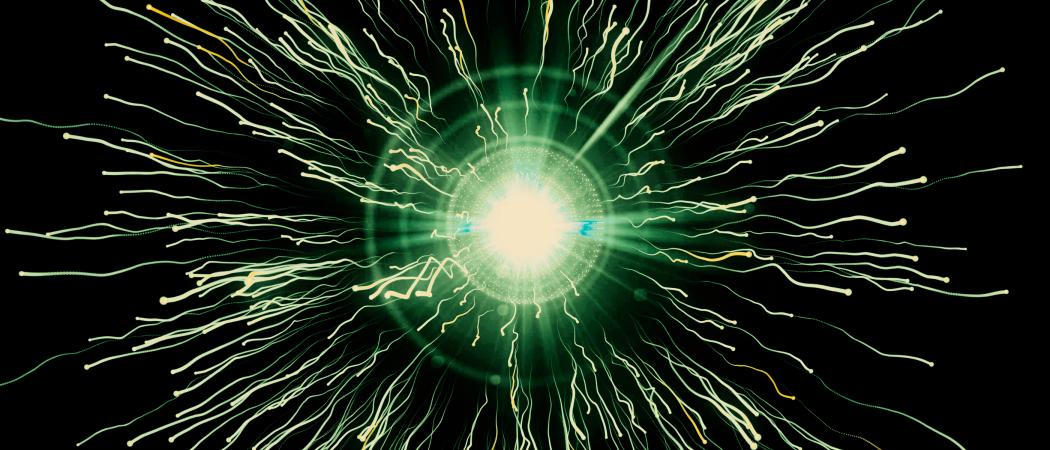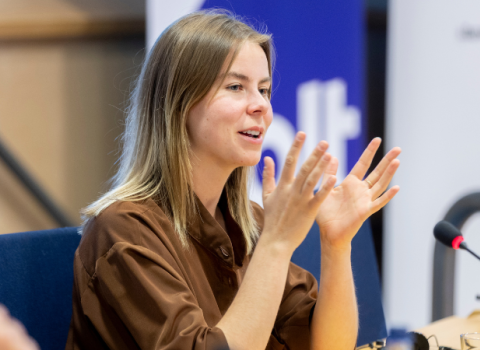Proposal to build world’s largest particle collider is facing off against a rival effort in Switzerland. ‘We just need one in the world,’ says Wang Yifang, physicist and mastermind behind China’s accelerator

The Chinese government is mulling a proposal to build the biggest particle accelerator in the world, amid competition from Europe for a rival machine.
Scientists around the globe have drawn up a variety of plans for new colliders that would dwarf what is currently the world’s largest accelerator, the Large Hadron Collider (LHC), run by CERN in Switzerland.
Both China and Europe are competing on similar proposals to build, over the next decade, a 100-kilometre-looped facility almost four times longer and ten times more powerful than the LHC.
“We’re still in a phase of trying to convince the government to fund the construction,” said Wang Yifang, director of the Institute of High Energy Physics in Beijing, which put together the Chinese proposal.
If given the go-ahead, the accelerator would cement the country’s metamorphosis into a scientific juggernaut. “If you have first tier projects, like this one, you will attract international researchers and students,” Wang said.
The Circular Electron–Positron Collider would smash electrons and their evil-twin opposites – positrons – at 240 billion electron volts, according to a conceptual plan released last November. Initial funding for research and development has come from the Chinese government.
Scientists say they could begin constructing the estimated €5-6 billion machine by 2022 and have it ready to run by about 2030. The new facility would mainly chase the most famous subatomic particle in physics — the Higgs boson – and would succeed the Beijing Electron Positron Collider, which is expected to shut in the 2020s.
A final decision on the next-generation accelerator may not come for another few years, Wang said. “We want to wait until the definite decision of the government before a site is picked.”
For Wang, having several competing proposals on the go is a good thing. “If no one was interested in similar ideas, our government would have some doubt that this project was necessary,” he said.
But he added, government officials “May worry about which project is going ahead. I cannot say exactly what they have in their mind.”
Closest to inception in the race to host the next accelerator is the International Linear Collider in northern Japan, a proposed facility that would be more than 20 kilometres long. The Japanese government is expected to take a decision on whether it wants to host – and stump up cash for – the machine by March 7.
And at CERN, the concept for another looped tunnel, the Future Circular Collider, published in January, lays out different types of collider ranging in cost from around €9 billion to €21 billion.
Scientists propose to use these accelerators to send electrons and their antimatter counterparts to almost the speed of light and then fling them together 600 million times a second to produce even smaller particles, in the hope of yielding evidence of previously unseen phenomena.
In 2012, scientists discovered the sought-after Higgs boson particle in the LHC, the last missing piece of the Standard Model, a theory describing how particles in our universe behave and interact. The work netted François Englert and Peter Higgs the Nobel Prize in Physics the following year.
Wang said the Chinese facility would be able to, “measure Higgs properties with a factor of 10 improvement on the LHC”. The facility would seek to generate a million Higgs bosons over a seven-year period.
If the Japanese proposal is approved, “our plan can still go ahead”, Wang believes. But if CERN’s plan gets a green light, “I think we’d have no chance; we just need one [circular facility] in the world,” he said.
‘We need first tier science’
Wang wants China to smash particles and expectations. As the economy flourishes, science funding is surging, but not by enough, he said.
China now produces more journal papers than any other nation except the US, and outspends the EU on research and development.
The country’s R&D budget rose by over 12 per cent in 2017, to a record 1.76 trillion yuan (€225 billion). “But our investment remains a fraction of GDP, it’s not high; it is still very low compared to what we should be spending,” Wang said.
“We are not really, really first tier, science wise and technology wise. If you have a science project here, it’s typically a factor of ten smaller than what developed countries are doing. There’s still a lot of room for China to grow in science,” Wang said.
And while the country churns out more graduates in science and engineering every year than anywhere else, many of these are still leaving for opportunities abroad, he said. “The balance of immigration and emigration is still not going in our direction. The key is to have good projects, or good people are not going to come,” he said.
China’s technology rivalry with America, the other global superpower, has sharpened recently over the treatment of a Chinese telecoms giant, Huawei. The company faces allegations in the US of stealing trade secrets and also of aiding Chinese state spying.
Political tension between his country and the US “could persist for some time,” Wang said. “But for the long run, we think collaborating on basic science should be a stabiliser; it can help smooth our relationship.
“We’re scientists, we’re more rational than most other people,” he said.




 A unique international forum for public research organisations and companies to connect their external engagement with strategic interests around their R&D system.
A unique international forum for public research organisations and companies to connect their external engagement with strategic interests around their R&D system.